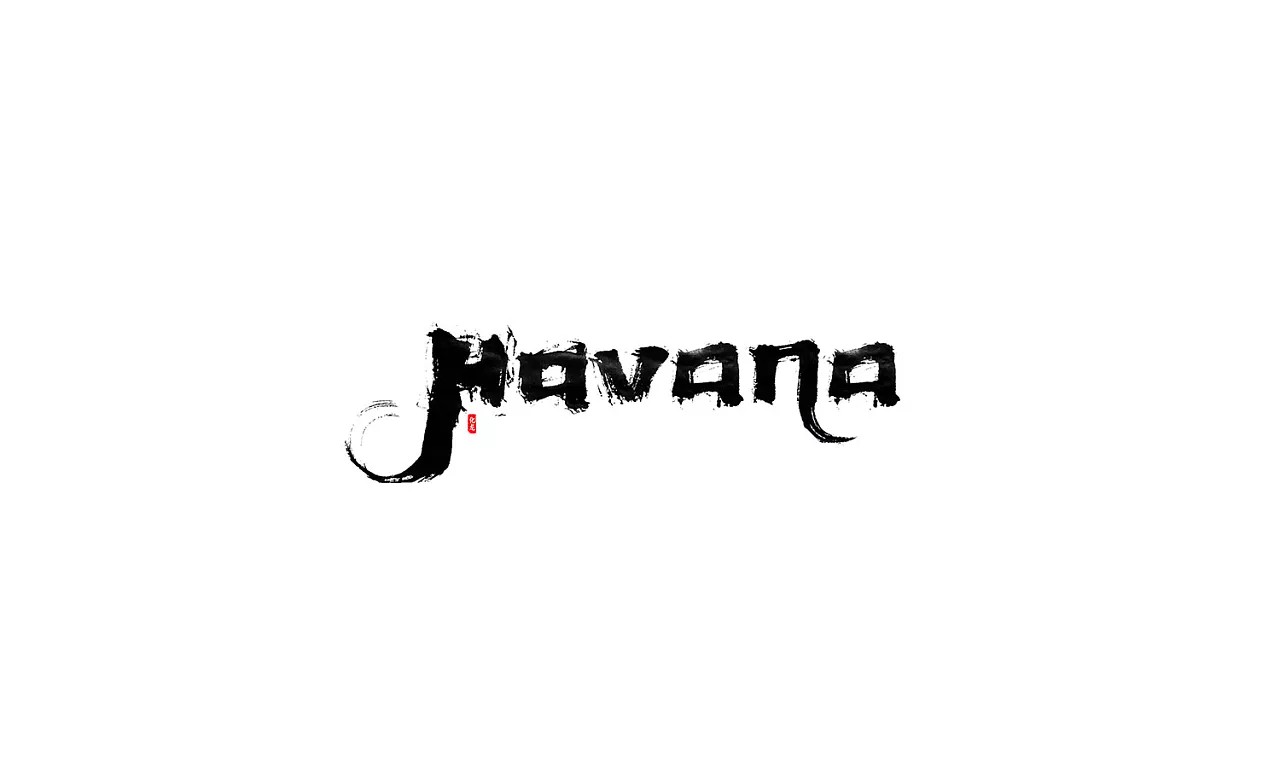

Sans-serif fonts are often used for user interfaces of websites/apps and Serif fonts, which are considered more traditional with calligraphic aesthetics,Īre often used for long paragraphs of text such as body text of web pages orĮbooks. This styleĬontinues today and has become a popular typeface style. In addition, subtle triangular ornaments were added to theĮnd of horizontal strokes to simulate Chinese Kai (楷体) calligraphy. Vertical strokes were difficult this resulted in thinner horizontal strokes and Horizontal strokes were easy to carve and Characters were carvedĪlong the grain of the wood block. The namesĪnd writing styles originated during the Song and Ming dynasties in China, whenĬhina's wood-block printing technique became popular.

Japan, and Myeongjo (명조) or Batang (바탕) in Korea. Ming (明體) in Hong Kong, Macao and Taiwan, Minchō (明朝) in Generalization ability in few-shot Chinese character style transfer.A serif-style CJK font goes by many names: Song (宋体) in Mainland China, Experiments demonstrate that our method has a state-of-the-art By doing so, only a few target ChineseĬalligraphy characters are needed to generated expected style transferredĬharacters. Utilize multiple unpaired samples to align the feature distributions belonging

Target and strengthen the coarse-grained understanding of character content, we To be specific, a few paired samples from differentĬharacter styles are leveraged to attain a fine-grained correlation between Redundant preprocessing to generate fine-grained target-style characters withįew-shot references. This paper, we propose a simple but powerful end-to-end Chinese calligraphyįont generation framework ZiGAN, which does not require any manual operation or The character into different parts to be learned and transferred separately.

Recently, several GAN-based methods haveīeen proposed for font synthesis, but some of them require numerous referenceĭata and the other part of them have cumbersome preprocessing steps to divide Handwriting of calligraphy masters has a more irregular stroke and is difficult Download a PDF of the paper titled ZiGAN: Fine-grained Chinese Calligraphy Font Generation via a Few-shot Style Transfer Approach, by Qi Wen and 3 other authors Download PDF Abstract: Chinese character style transfer is a very challenging problem because of theĬomplexity of the glyph shapes or underlying structures and large numbers ofĮxisted characters, when comparing with English letters.


 0 kommentar(er)
0 kommentar(er)
